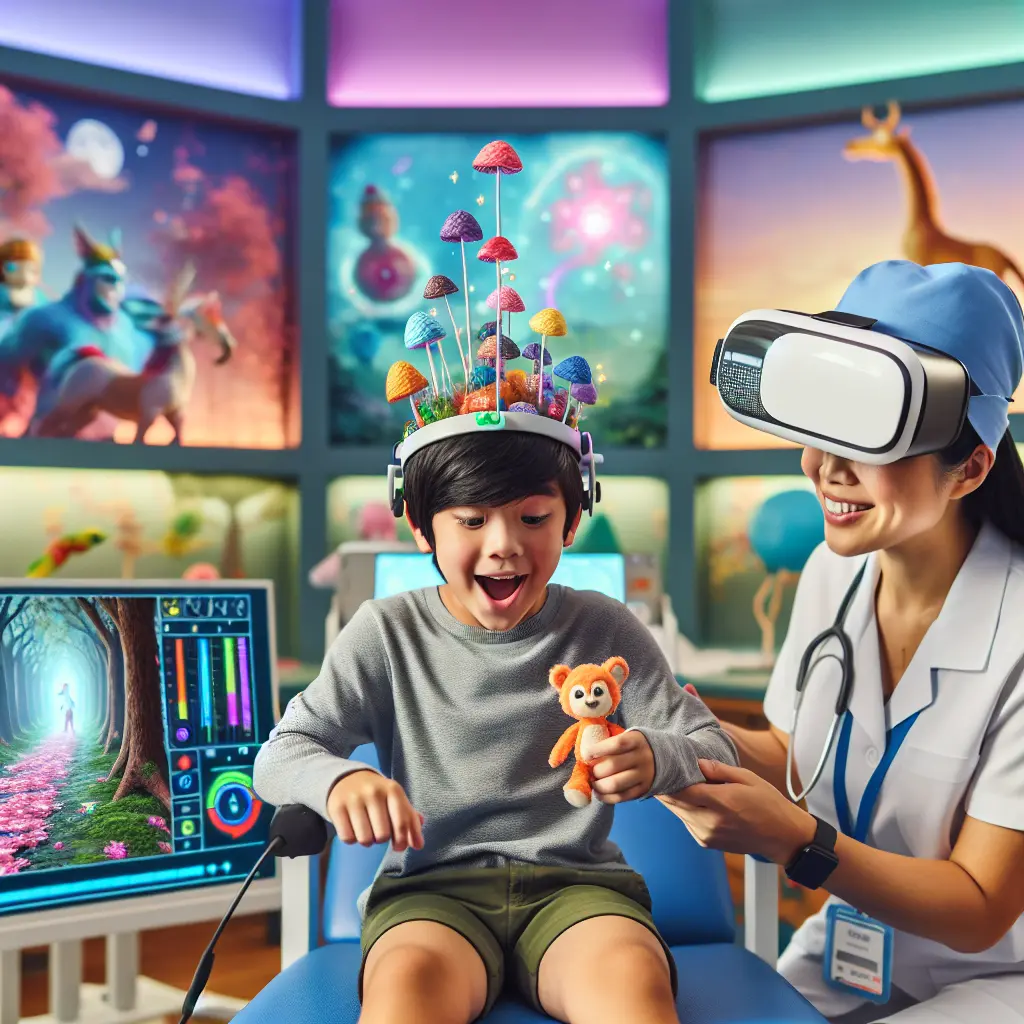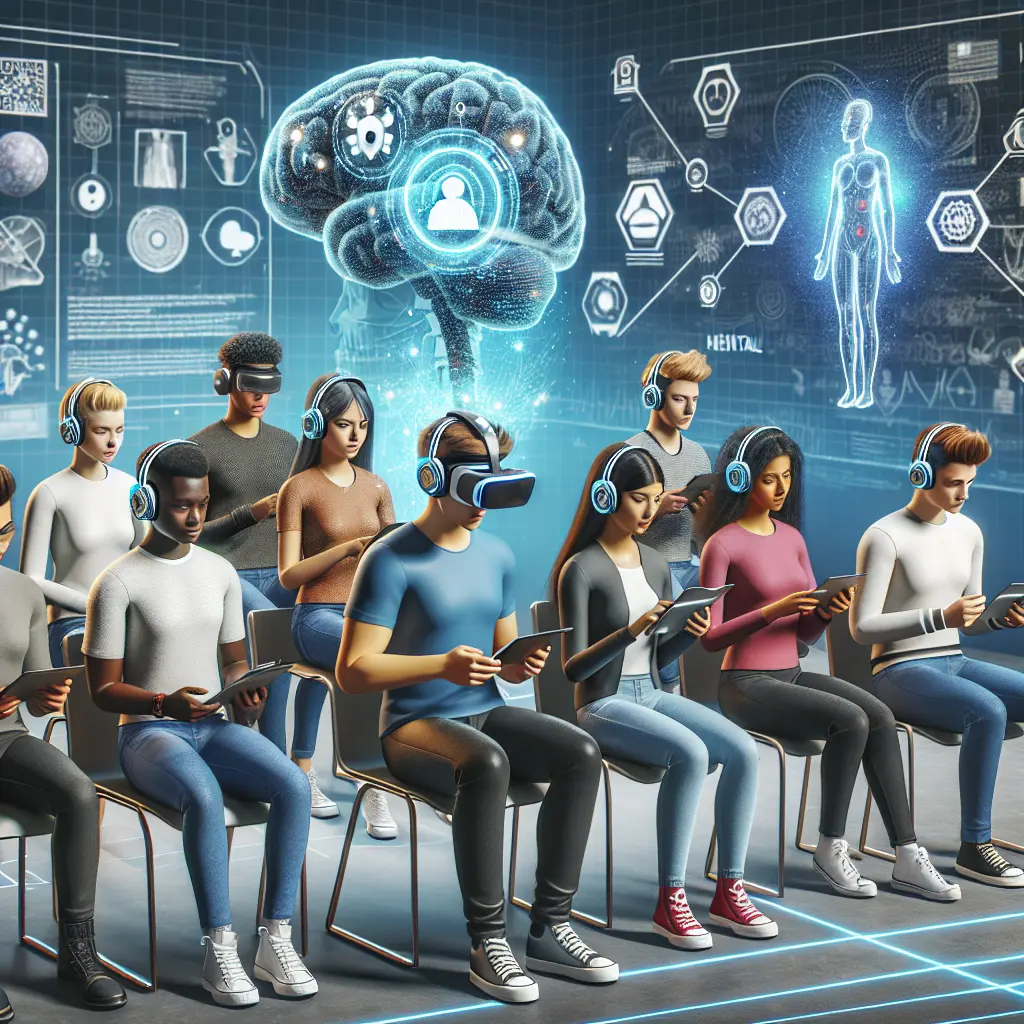Exploring the Power of Virtual Reality Therapy in Pediatric Rehabilitation
In recent years, virtual reality (VR) has emerged as a revolutionary tool in the field of neurorehabilitation, especially for children with acquired brain injuries (ABI). These injuries, often resulting in upper limb movement difficulties, require intensive therapeutic interventions to promote long-term functional outcomes. This blog post delves into the factors influencing the use of VR in pediatric rehabilitation and how it can transform recovery experiences for children.
Understanding Acquired Brain Injury in Children
Acquired brain injury is a leading cause of neuro-disability among children and young people worldwide. It can result from various factors, such as trauma, infections, or strokes, impacting the child's motor skills, cognitive abilities, and emotional well-being. One of the significant challenges faced by children with ABI is the recovery of upper limb function, which typically takes longer compared to lower limb rehabilitation.
The Role of Virtual Reality in Therapy
Key Benefits of VR Therapy
Enhanced Engagement: Children are more likely to engage in therapy when it feels like play. VR games and simulations make repetitive exercises more interesting and fun.
Personalized Treatment: VR allows for customization of therapy programs, addressing individual challenges faced by each child.
Real-Time Feedback: Immediate feedback during VR sessions helps children understand their progress and areas needing improvement.
Safe Environment: VR provides a safe space for children to practice movements and tasks without the risk of injury.
Factors Influencing VR Use in Rehabilitation
Technology Access: Availability and access to VR equipment and software can vary, impacting its integration into therapy programs.
Training and Expertise: Therapists need proper training to effectively use VR technology in their practice, ensuring they can maximize its potential benefits.
Child's Condition: The severity and specifics of the child’s ABI can determine how beneficial VR therapy will be in their rehabilitation process.
Parental Support: Engagement and support from family members can significantly influence the child's progress and motivation during therapy sessions.
Conclusion
Virtual reality therapy represents a promising advancement in pediatric neurorehabilitation, offering a dynamic and interactive approach to helping children recover from acquired brain injuries. While challenges remain in its widespread adoption, the potential benefits for enhancing engagement and personalization in therapy make it a valuable tool worth exploring further.
For more detailed insights into this transformative therapy approach, you can explore the original study at BMJ Open.









Leave a Comment